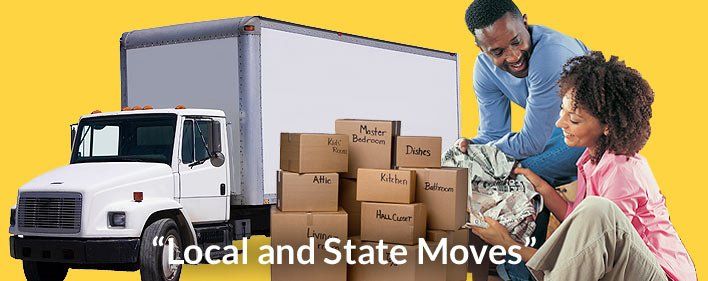Bubble Wrap, Packing Paper, and Towels: An FAQ About Dishware Packing Materials
How can you protect your dishware during a move? If you're ready to relocate, but you're not sure how to keep your fragile china or everyday plates and bowls safe, take a look at what you need to know about bubble wrap, packing paper, and other options that can help you to protect breakable kitchen items.
Should You Use Bubble Wrap?
Yes, you can use bubble wrap to protect your dishware during a move. The air-filled plastic pockets provide a cushion that can reduce the risk of breakage - especially if you accidentally drop a box, a box breaks, or you have a bumpy move.
Not only will bubble wrap cushion plates and dishes by creating a protective layer around these items, but the airy packing product is also lightweight. This means it won't add significant weight to each container, reducing the risk that a box will break and making it easier to transport.
If the added protection and weight (or lack thereof) aren't enough to make you consider this packing material, bubble wrap is also a reusable option. Instead of tossing the used wrap in the trash, save the bubble-covered sheets for another move - provided you don't pop the bubbles first.
How Should You Use Bubble Wrap?
To properly use this type of wrap, choose the right size bubbles. Smaller sizes of bubbles can help protect your delicate dishware from scratches. But if you want to reduce the damage risk from a more significant impact and also minimize a scratch hazard, choose larger bubbles. While smaller bubble wrap is better than no bubble wrap, this size is a better option for items that are in storage.
After you select a size, carefully wrap each dish or bowl with the bubbles facing inward. This type of placement can create a greater cushion and hold the dish or bowl in place. This also reduces the likelihood the bubbles will pop. The fewer bubbles that pop, the better protection the wrap offers.
Wrap the dishware individually. Failure to do so could result in scratches. While you might want to bundle together several plates to make the packing process easier, this allows each dish to scrape against the other during your move. You can also use flat sheets of the wrap in between plates or roll or ball it to fill bowls and empty spaces inside of the box.
Should You Use Packing Paper?
The answer to this question is also yes. But this doesn't mean you should always use packing paper instead of bubble wrap or use it in the same way. Even though packing paper provides an added layer of protection against mid-move damage, it doesn't offer the same level of cushioning that bubble wrap provides. You may want to use several layers of packing paper or combine it with another type of wrap.
How Should You Use Packing Paper?
Like bubble wrap, cover each plate or bowl with packing paper individually. Again, you can also fill bowls with balls of paper or use the material to pad empty spaces or gaps in moving boxes. Never use printed paper, such as newspaper, to pack your dishware. The ink could rub off on the plates and bowls and stain these delicate kitchen items.
Should You Use Another Packing Material?
Even though bubble wrap and packing paper are popular picks for protecting kitchen items, these aren't your only choices. You can also wrap plates and bowls in kitchen towels, hand towels, cut bath towels, or pieces of a quilt. These options allow you to upcycle everyday objects that you may no longer need.
Before you choose a towel or a similar piece of fabric to protect your dishware, make sure that it offers an adequate amount of cushion. Thin or flimsy hand towels may stop scratches during your move. But these alternatives won't significantly reduce the risks from an impact.
Do you need help with your move? Contact Azalea City Moving Co . for more information.
